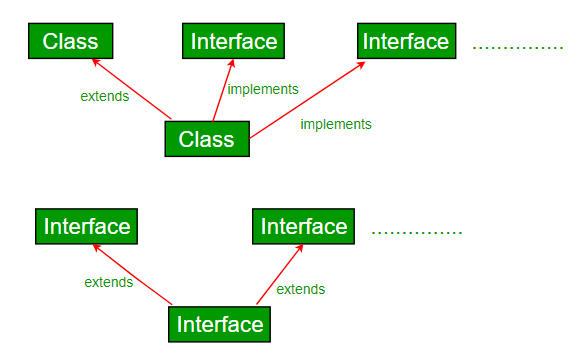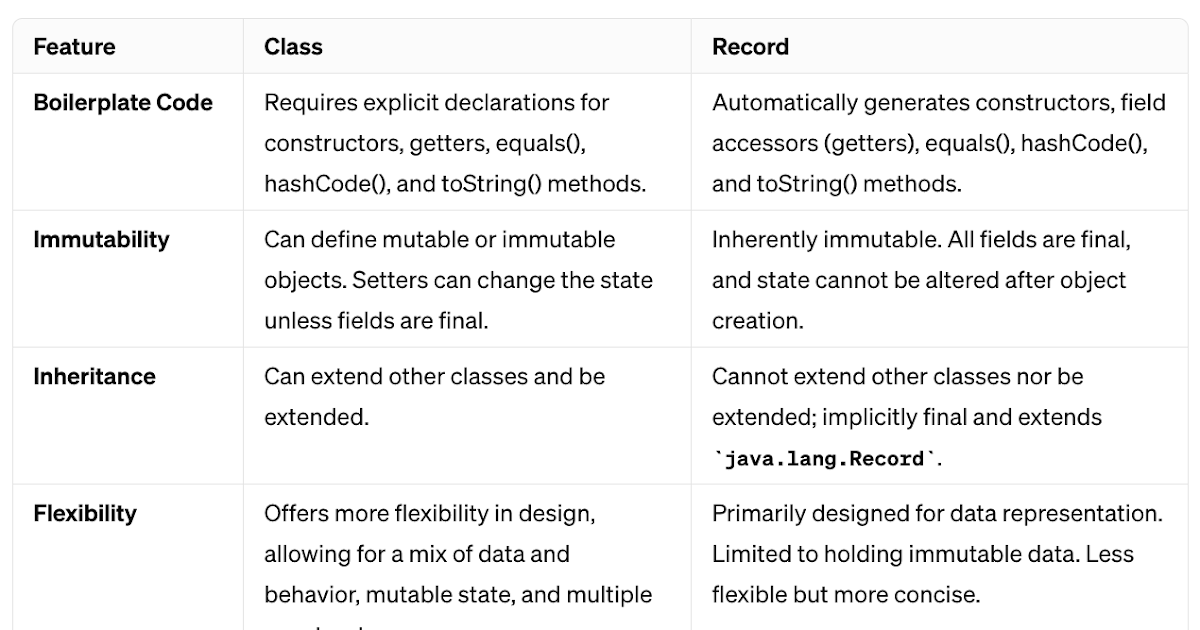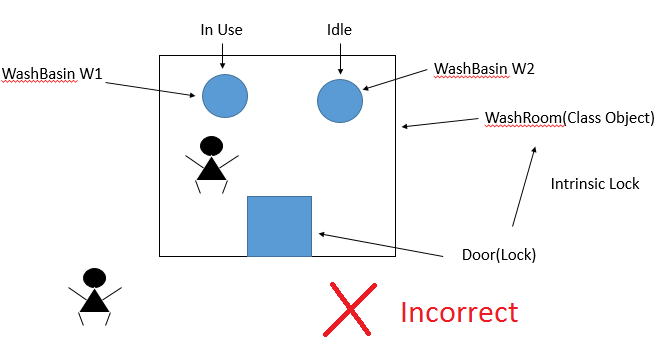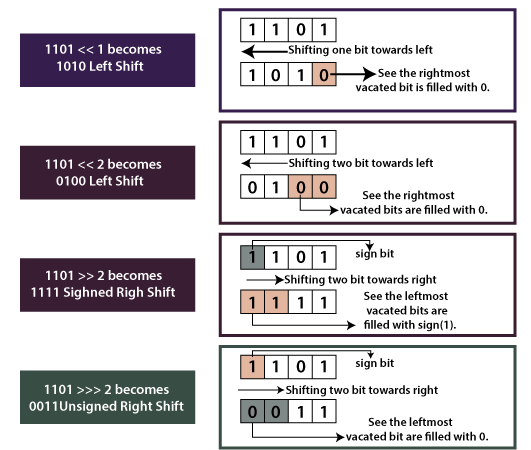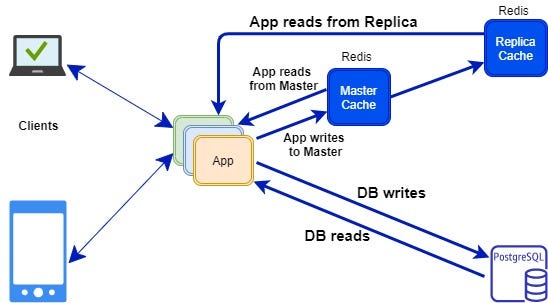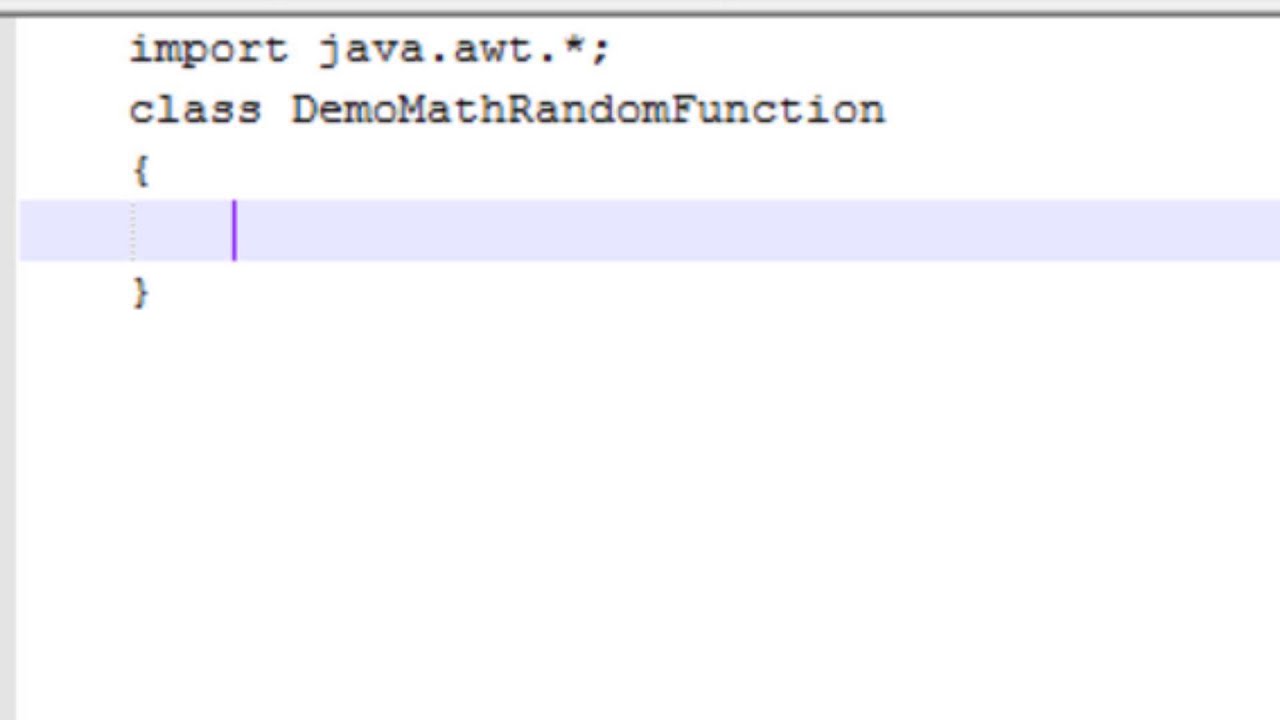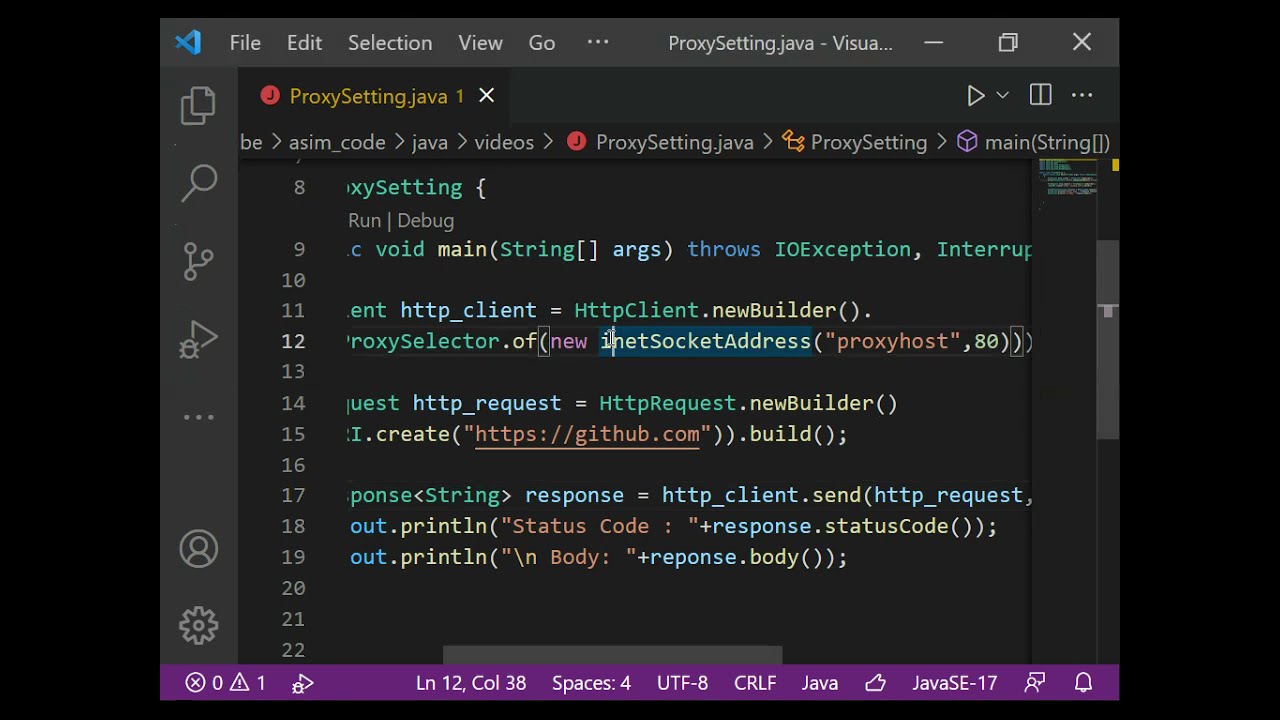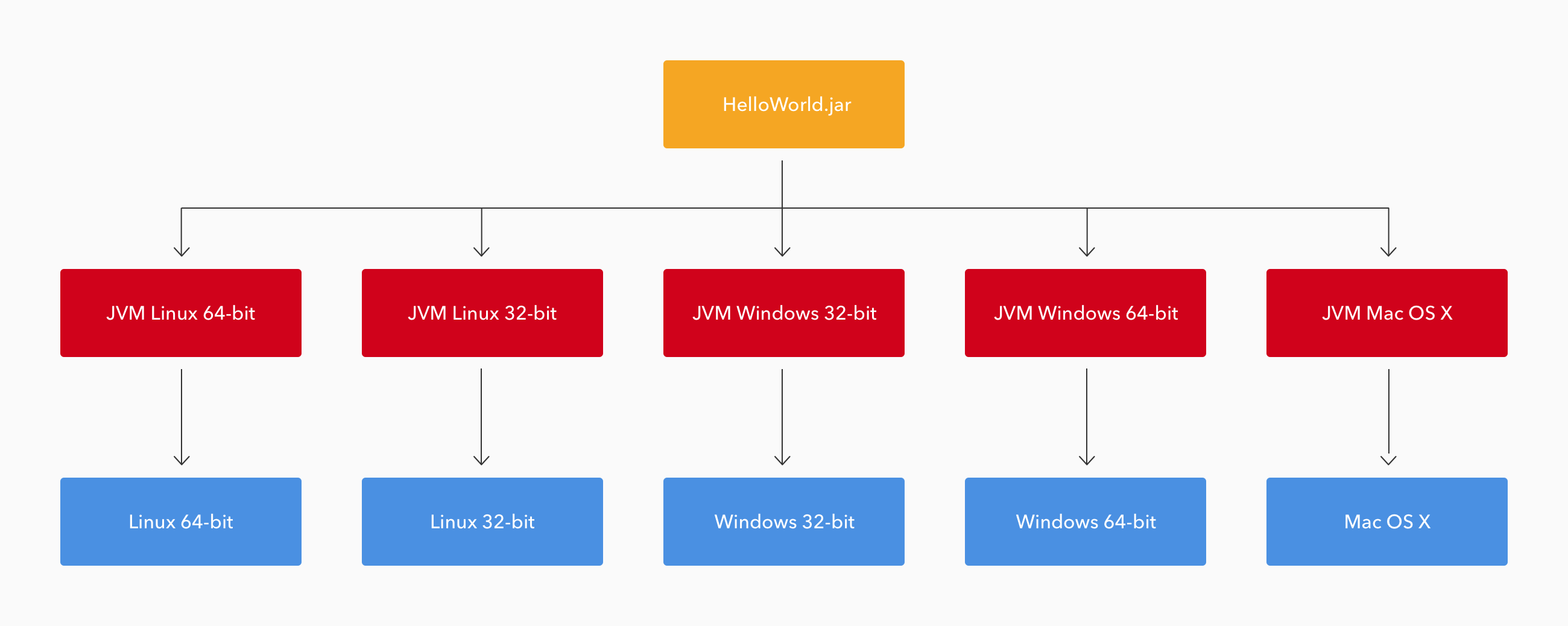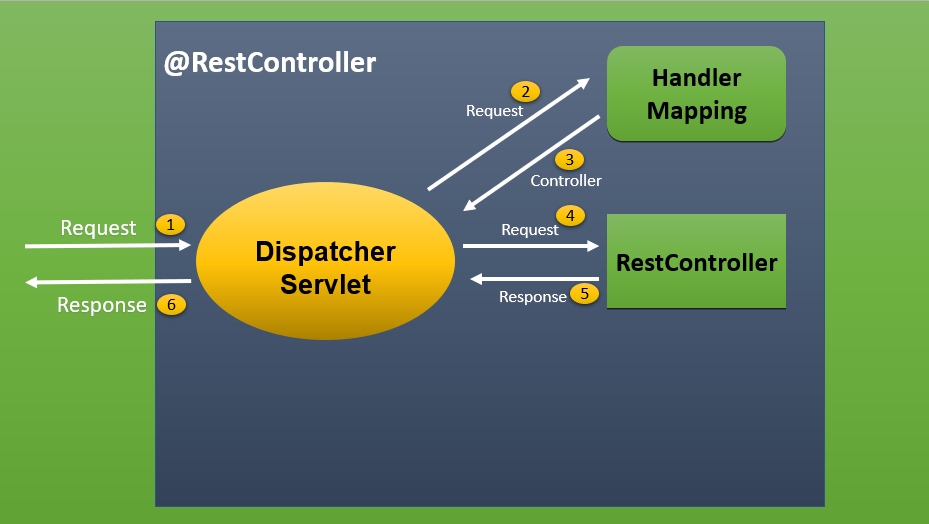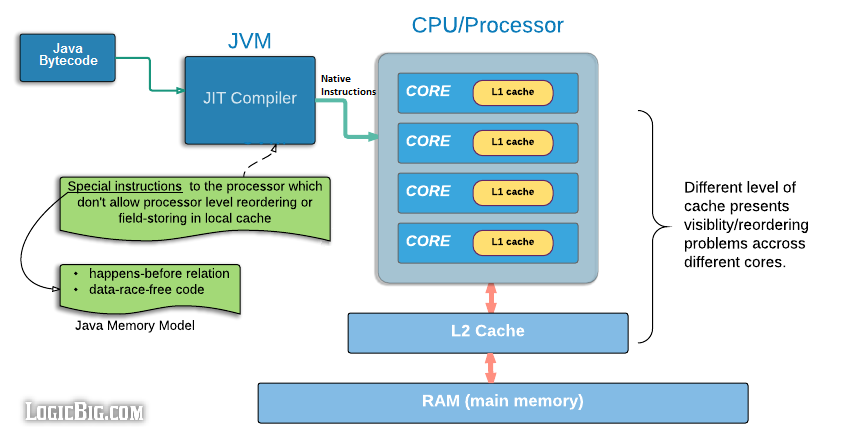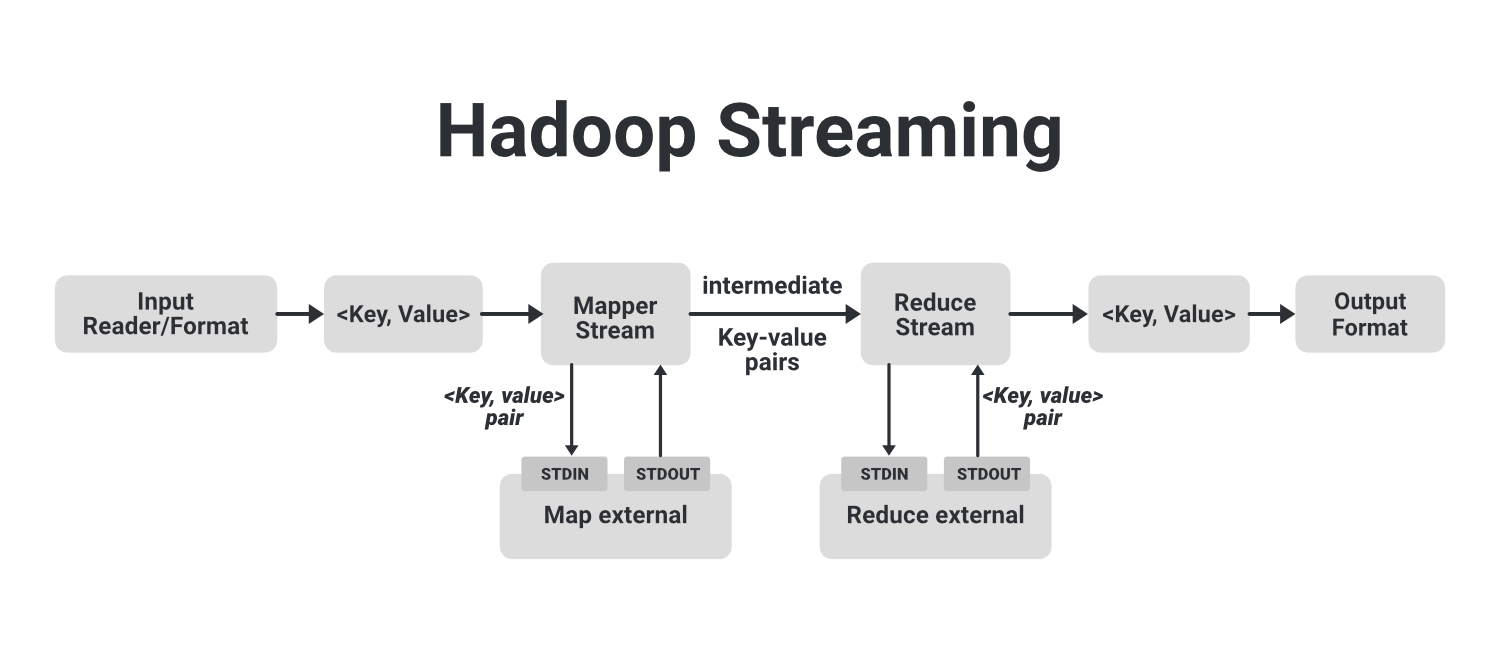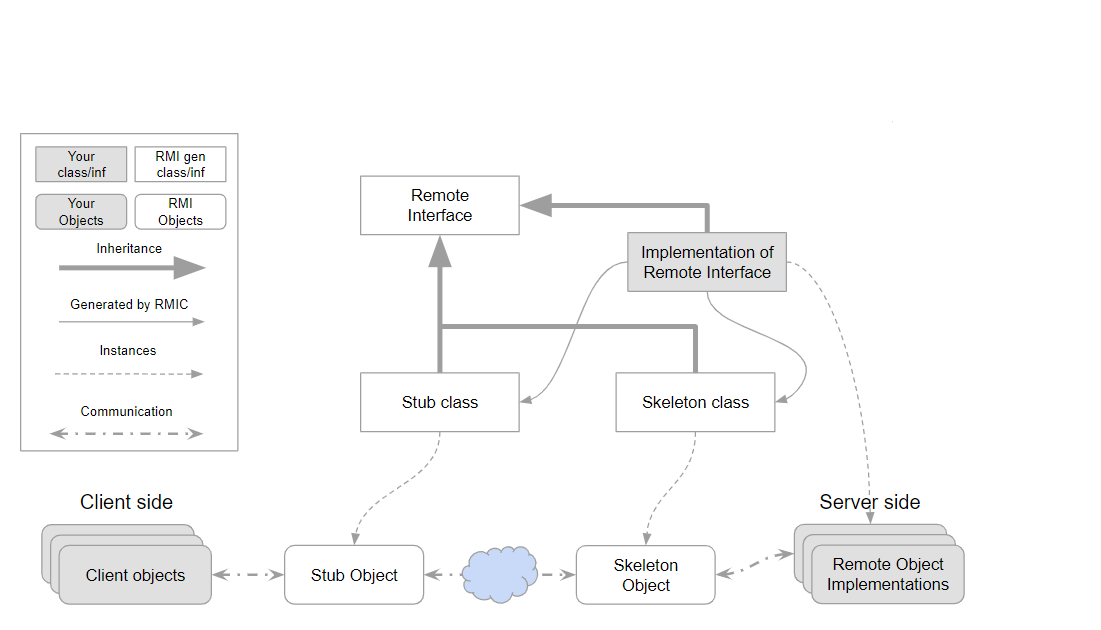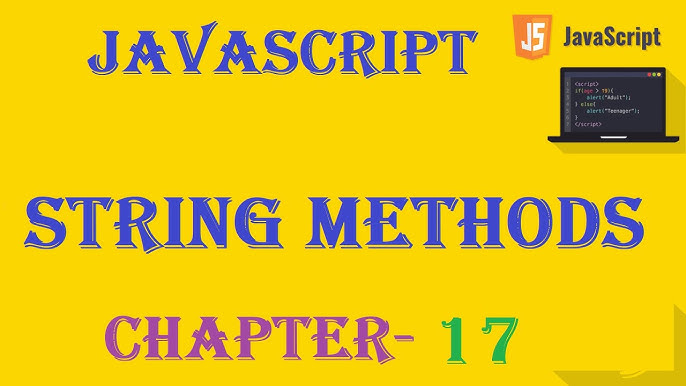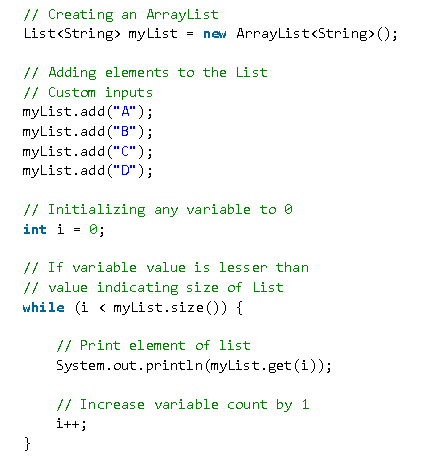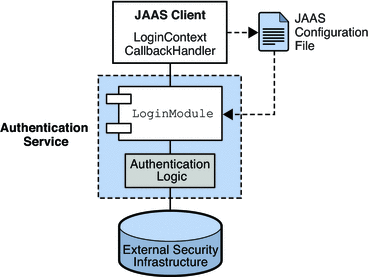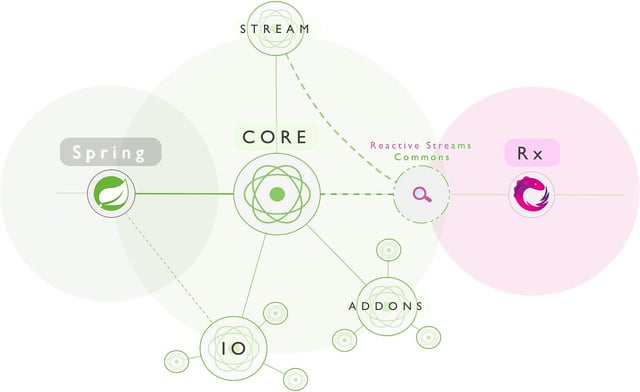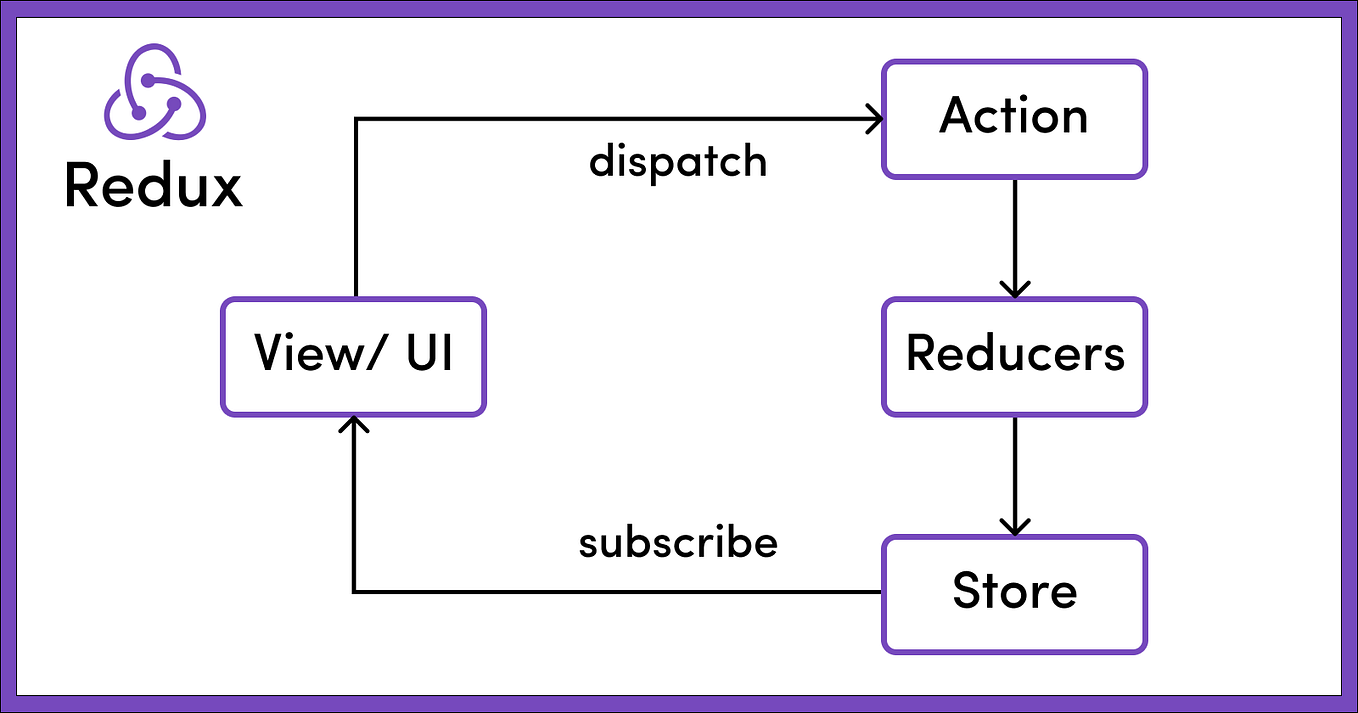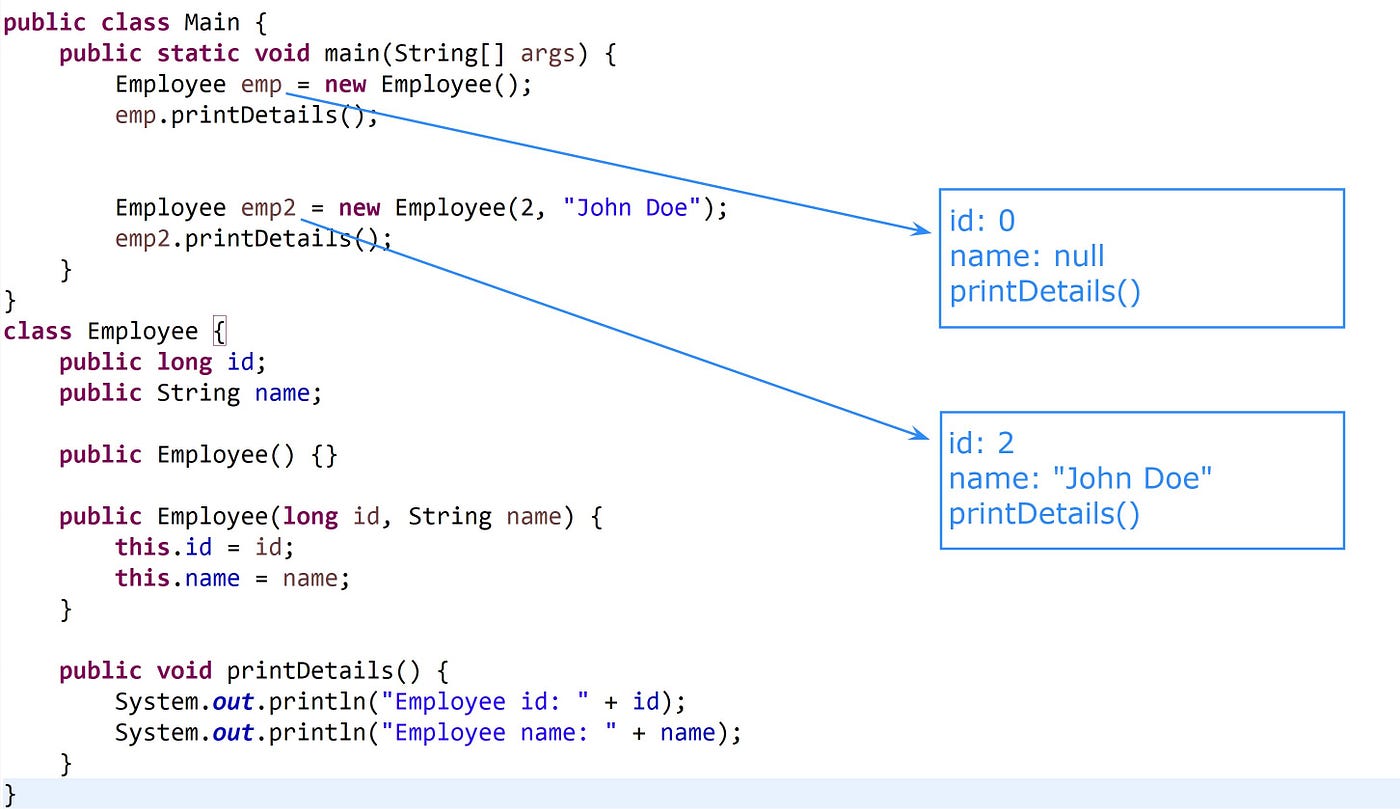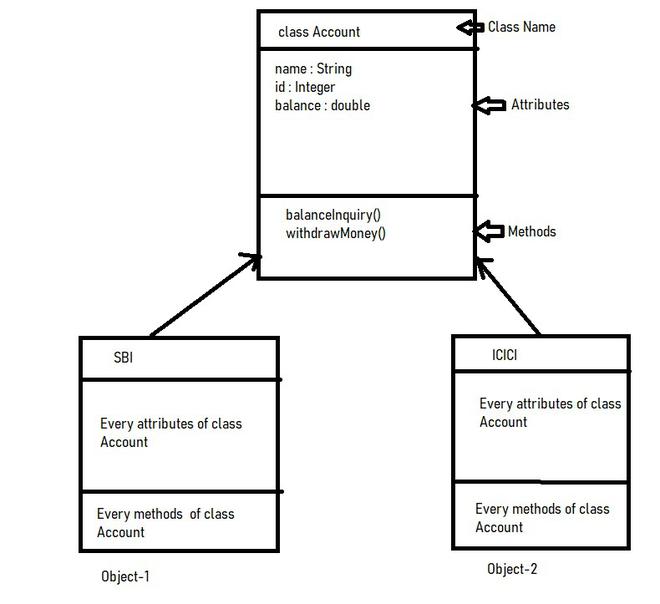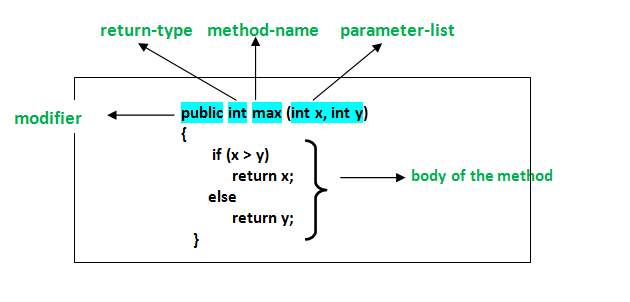java synchronized method vs block
java synchronized method vs block
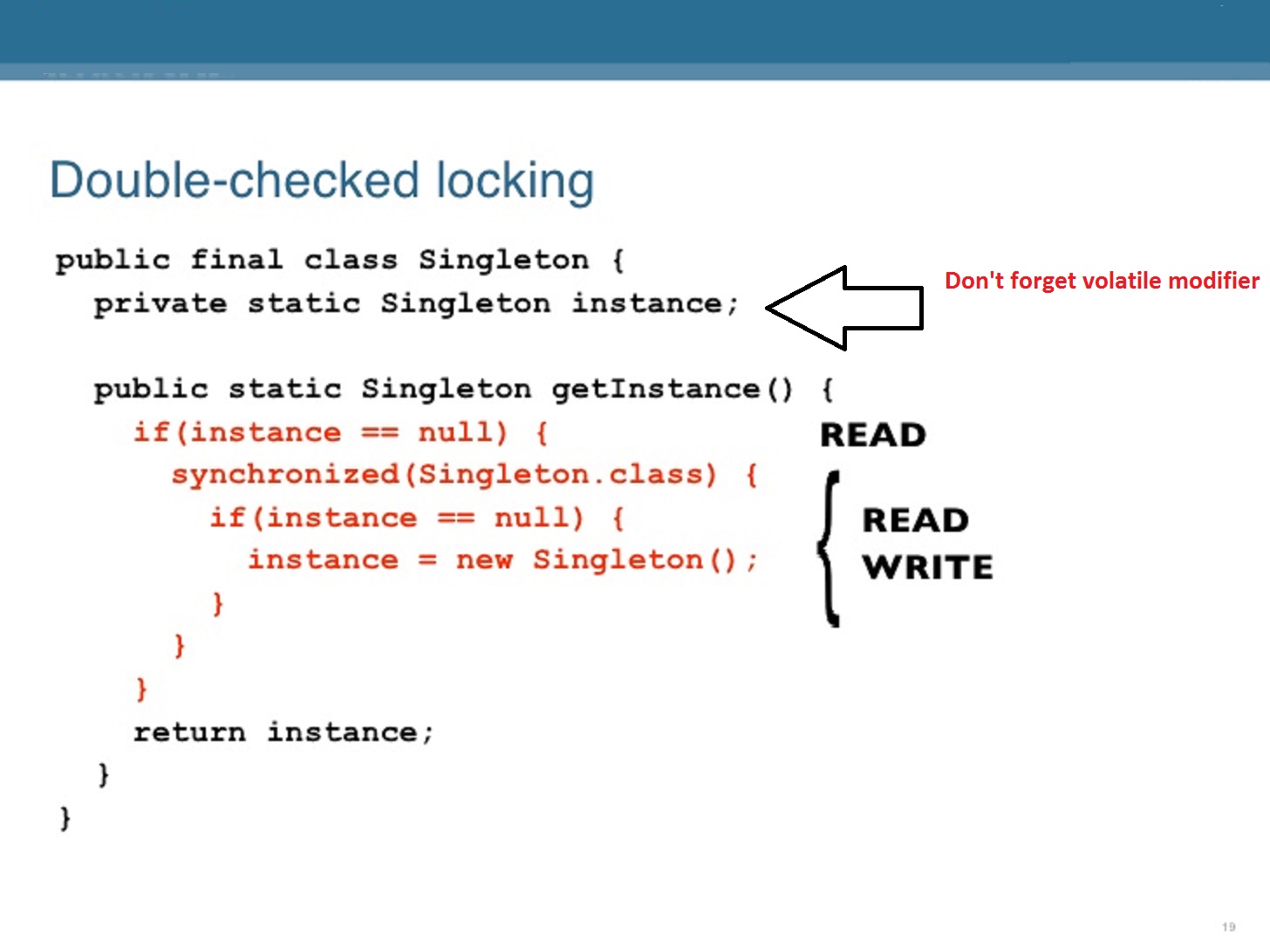
The age-old question of synchronization in Java! When it comes to ensuring thread safety and controlling access to shared resources, developers often find themselves pondering the difference between synchronized methods and blocks. Let's dive into the nuances of each approach.
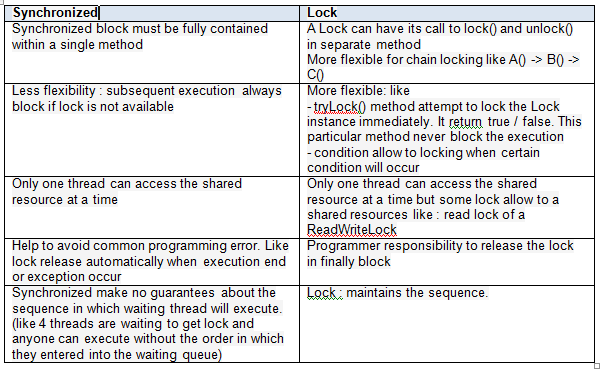
Synchronized Methods
In Java, a method can be declared as synchronized, indicating that it must be executed in a serialized manner by a single thread at a time. When a thread calls a synchronized method on an object, it will acquire the object's lock before proceeding with the method execution. If another thread tries to call the same method on the same object while the first thread is still executing it, the second thread will be forced to wait until the first thread has completed its execution.
Here are some key characteristics of synchronized methods:
Method-level locking: Only one thread can execute asynchronized method at a time.
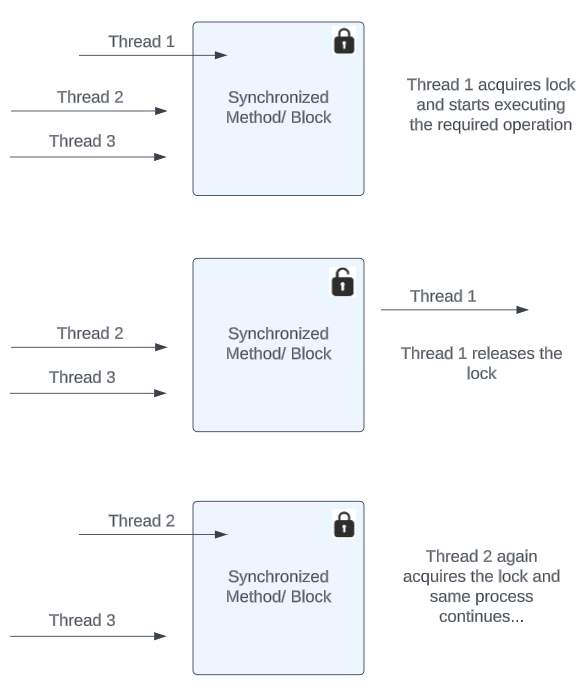
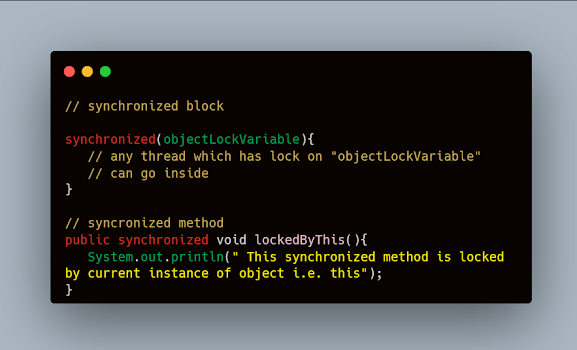
Synchronized Blocks
On the other hand, synchronized blocks are used to synchronize access to code within a specific block of statements. Unlike synchronized methods, which lock an entire object or class, synchronized blocks only lock on a specific object for a limited duration.
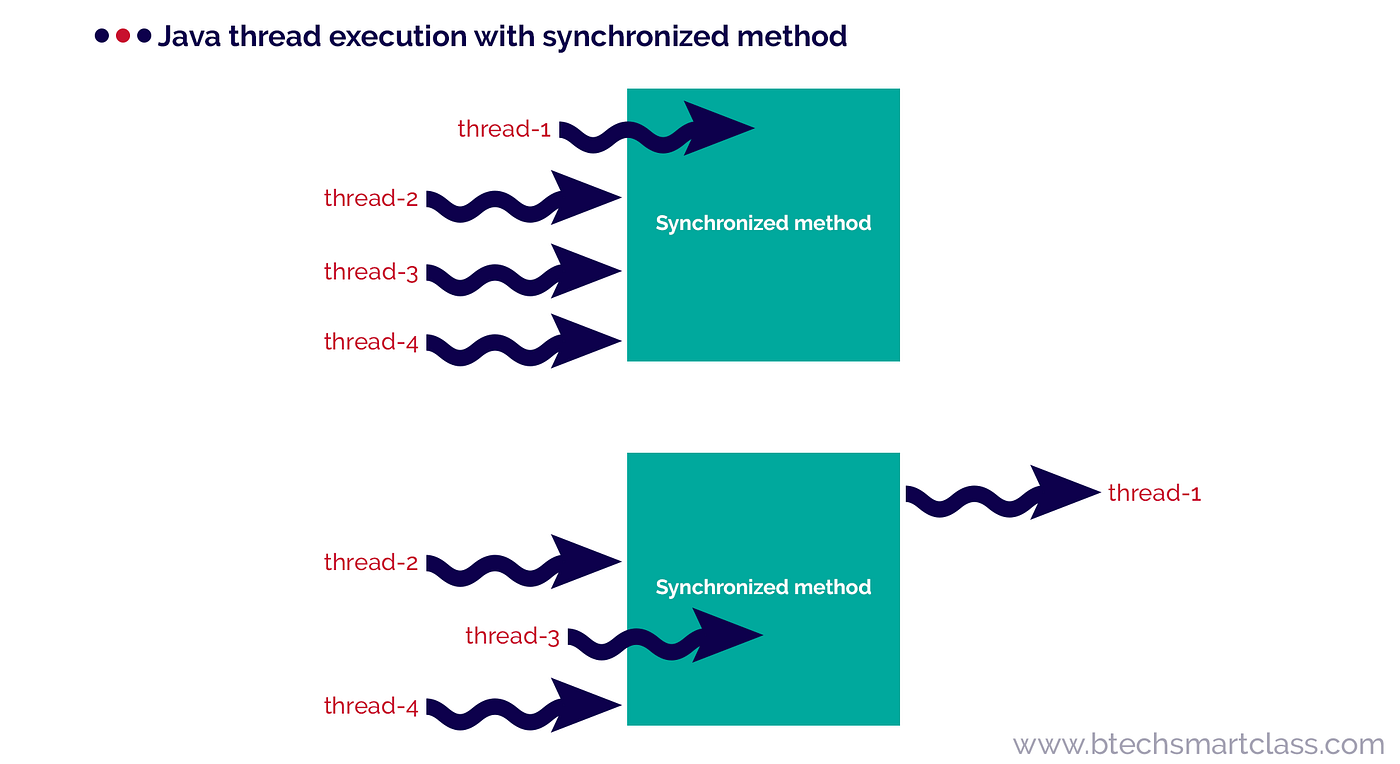
When a thread encounters a synchronized block, it will attempt to acquire the specified object's lock. If another thread is already holding the lock, the current thread will be blocked until the lock is released.
Here are some key characteristics of synchronized blocks:
Block-level locking: Only a specific block of code is locked, allowing for more fine-grained control over synchronization. Lock acquisition and release: The lock is acquired within the block's execution, and released when the block completes or an exception occurs. No inheritance: Synchronization does not propagate to subclasses.When to Choose Each
So, when should you opt for synchronized methods versus blocks?
synchronized methods: When you want to ensure that only one thread can execute a specific method at a time. When you need to synchronize access to an entire object or class. When the synchronization requirement is straightforward and doesn't require fine-grained control. Use synchronized blocks: When you need to synchronize access to a specific block of code within a larger scope. When you want to reduce the scope of synchronization to minimize contention. When you have complex logic that requires fine-grained control over synchronization.
In conclusion, both synchronized methods and blocks are valuable tools in Java's concurrency toolkit. By choosing the right approach for your specific use case, you can ensure thread safety and maintain the integrity of your shared resources.
java synchronized object
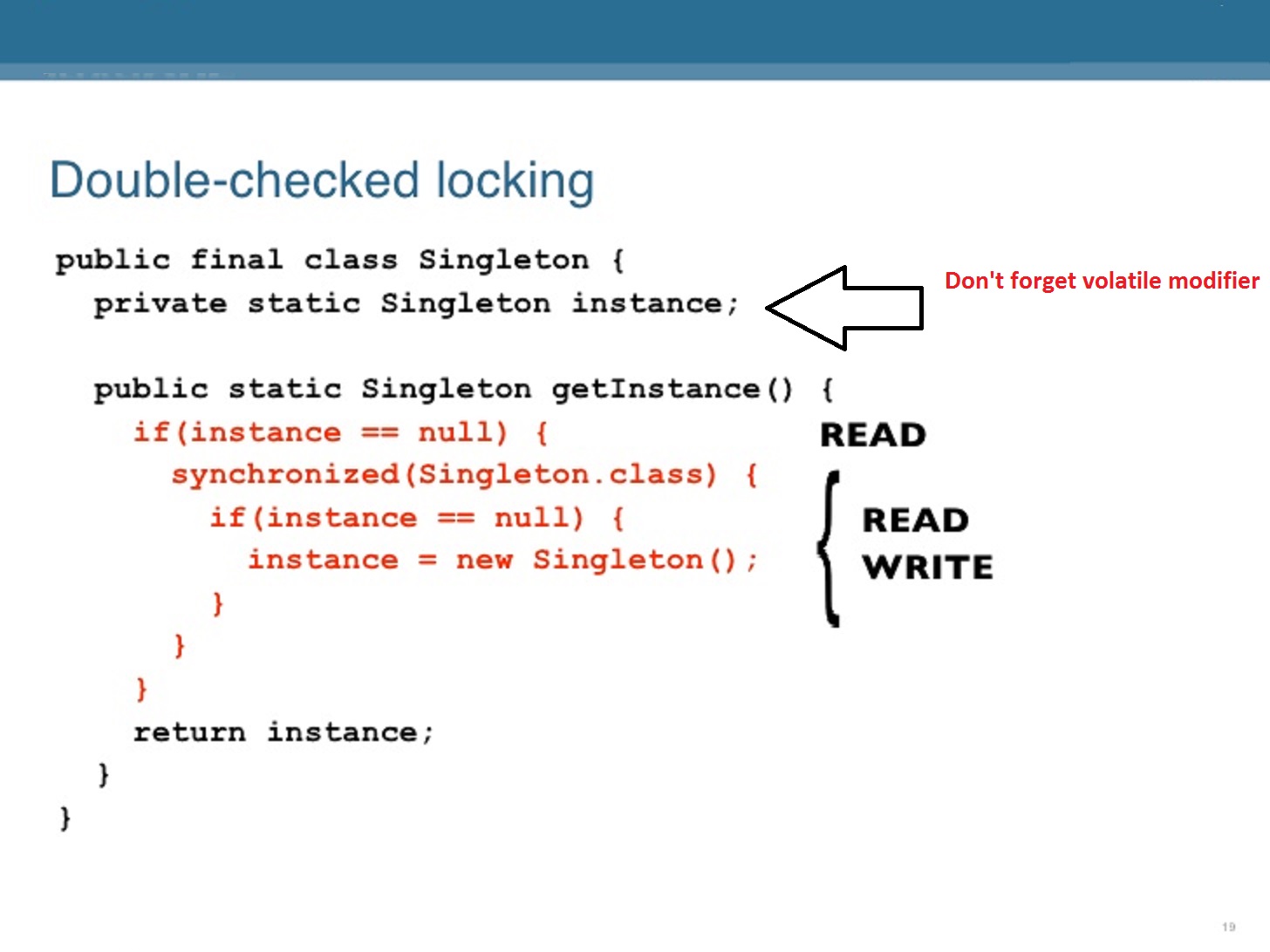
I understand that you want me to respond in English only, so I'll explain the concept of synchronized objects in Java.
In Java, when multiple threads attempt to access shared resources simultaneously, it's essential to ensure data consistency and integrity. This is where synchronization comes into play. The synchronized keyword is used to synchronize access to a block of code or an object, ensuring that only one thread can execute that code at a time.
A synchronized object is one that has been marked as requiring exclusive access by multiple threads. When multiple threads try to access a synchronized object, Java uses a mechanism called the "monitor" to manage access. The monitor is essentially a lock that controls access to the object. Here's how it works:
synchronized, it must first acquire the lock on the object. This involves setting up a wait queue and checking if another thread is already holding the lock. Waiting in the queue: If the lock is already held by another thread, the requesting thread will be added to the end of the wait queue. The requesting thread will continue to wait until the lock is released by the other thread. Executing the code: Once the lock is acquired, the thread can execute the synchronized block of code. This ensures that only one thread can execute this code at a time. Releasing the lock: When the thread finishes executing the synchronized code, it releases the lock, allowing other threads to acquire it and continue execution.
Here's an example of using synchronized with objects in Java:
public class BankAccount {private int balance;
public BankAccount(int initialBalance) {
this.balance = initialBalance;
}
public synchronized void deposit(int amount) {
balance += amount;
}
public synchronized void withdraw(int amount) {
if (balance >= amount) {
balance -= amount;
} else {
throw new InsufficientFundsException();
}
}
public int getBalance() {
return balance;
}
}
In this example, the BankAccount class has two synchronized methods: deposit and withdraw. These methods ensure that only one thread can modify the account's balance at a time. This is crucial for maintaining data consistency in a multi-threaded environment.
When using synchronized objects, it's essential to consider the implications on performance and concurrency. Synchronization can introduce overhead and slow down your program, especially if you're dealing with highly concurrent systems. In such cases, you might need to use more sophisticated synchronization mechanisms or alternative concurrency control strategies.
In summary, Java's synchronized keyword provides a mechanism for controlling access to shared resources in multi-threaded environments. By ensuring exclusive access to objects, it helps maintain data consistency and integrity, preventing unexpected behavior and potential bugs.

